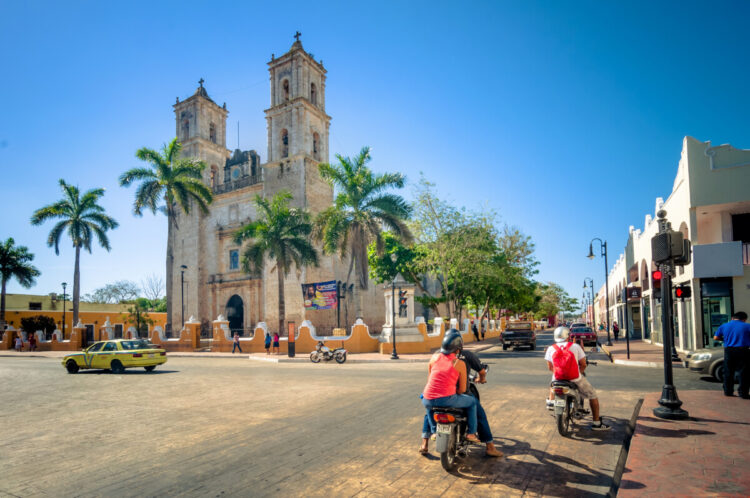Most visitors to Mexico head straight to the country’s stunning beaches, and there’s certainly nothing wrong with that. However, there is an abundance of delights in store for those who venture beyond the beaches to Mexico’s beguiling magic towns. The Mexican tourist board has selected 132 pueblos to be included on a list of so-called ‘magic towns’. The towns are chosen for a combination of characteristics, including culture, architecture, natural beauty, cuisine, and indigenous history. Although they have these traits in common, they each have a distinctive vibe of their own. Such is the diverse landscape of Mexico that magic towns can be found in deserts, jungles, and mountains, and even on islands.
Mexico’s large cities have their own unique qualities, but magic towns allow visitors the opportunity to relax and soak up a more laid-back atmosphere. Whether you are shopping in the colorful markets, people watching in the plazas, or sampling the regional cuisine, magic towns offer a taste of authentic Mexico that just can’t be found in Cancun.
To make magic towns even more alluring, often, foreign tourists are few and far between. Another bonus is that they are often located conveniently close to ancient Mayan ruins or areas of natural beauty. To whet your appetite further, here are just a handful of Mexico’s enchanting magic towns:
- Palenque
Despite the fact that Palenque itself is an attractive pueblo with restaurants that serve tasty Mayan cuisine and local craft shops aplenty, it is the mystifying ruins lying five miles outside town which attract the bulk of visitors. Situated in the north of Chiapas, the imposing Mayan ruins were abandoned around 800 AD. The reason for the sudden departure remains a mystery. Surrounded by verdant tropical jungle, exploring the impressively preserved temples, along with carvings and statues, is an enthralling experience. Channel your inner Indiana Jones as the jungle comes alive with the sounds of howler monkeys and parrots, and you are transported to the world of the ancient Mayans.
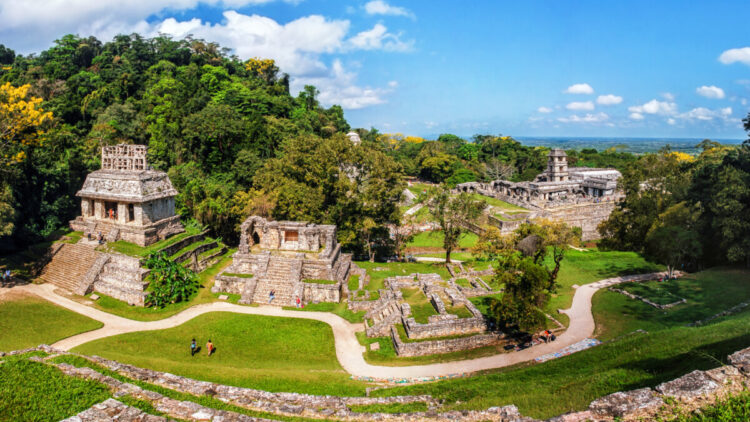
- Todos Santos
Situated near the foot of the Baja Peninsula and tucked between the ocean, desert, and mountains, Todos Santos is, for want of a less cliched term, a gem. The cobbled streets are lined with colorful buildings and row after row of papel picado flutter overhead against the blue sky. Images of Baja fill the many galleries and there is a profusion of shops selling locally produced crafts. The town’s mission, which is located on the plaza, dates to 1733. The serene sound of the choir can often be heard emanating from within. If you need convincing further that Todos Santos is worthy of a visit, the town is within walking distance of a stunning, largely deserted beach where you can spot whales from the shore.
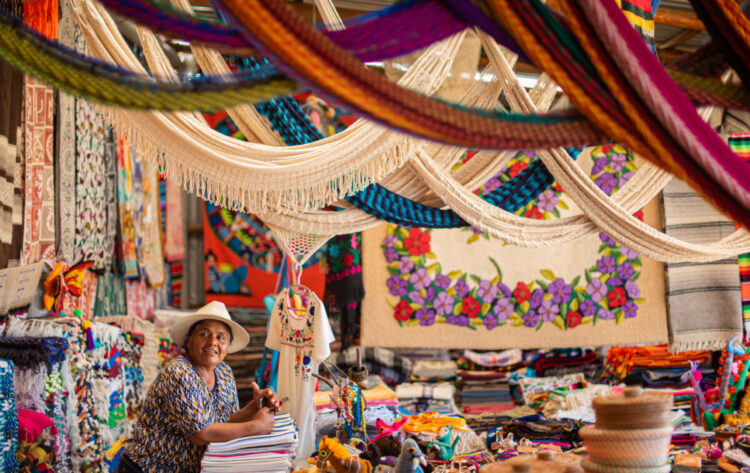
- Campeche
As in all Mexican towns, the main plaza lies at the heart of the local community, and Campeche is no exception. At weekends, dances and concerts take place, and the atmosphere is high-spirited and inclusive. Campeche is located on the Gulf of Mexico and is known for its attractive pastel-colored architecture. The Malecon is perfect for strolling and the sea breeze provides pleasant relief from the intense Mexican heat. There is a cluster of seafood restaurants, where you can dine while watching pelicans swooping in for their own catch of the day.
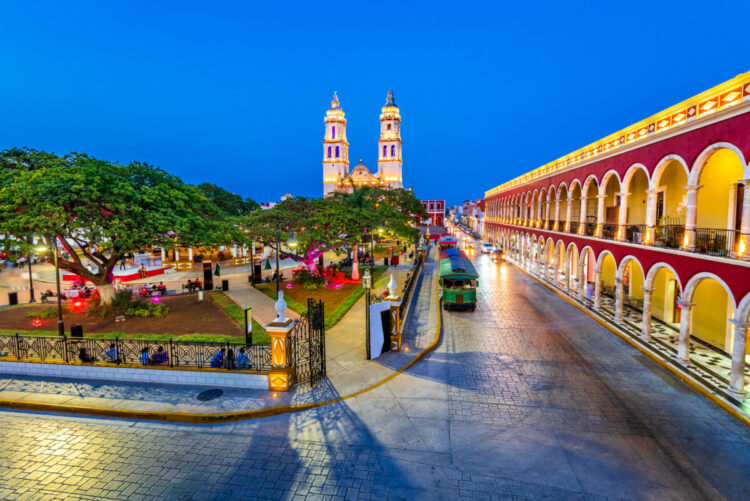
- Tlaquepaque
A suburb of Guadalajara, this vibrant barrio is home to oodles of shops, bars, restaurants, and galleries. The pedestrianized main street leads to a central plaza and is adorned with quirky sculptures. In the evenings, the evocative sound of mariachi can be heard as bands wander around the plaza delighting the crowds. If you’re in the market to buy a piece of art, Tlaquepaque is the ideal place to do it. The shops are brimming with everything from traditional Mexican folk to cutting-edge creations. The town is especially captivating during the Day of the Dead festival when colorful altars are erected, and dancing skeletons take to the streets.
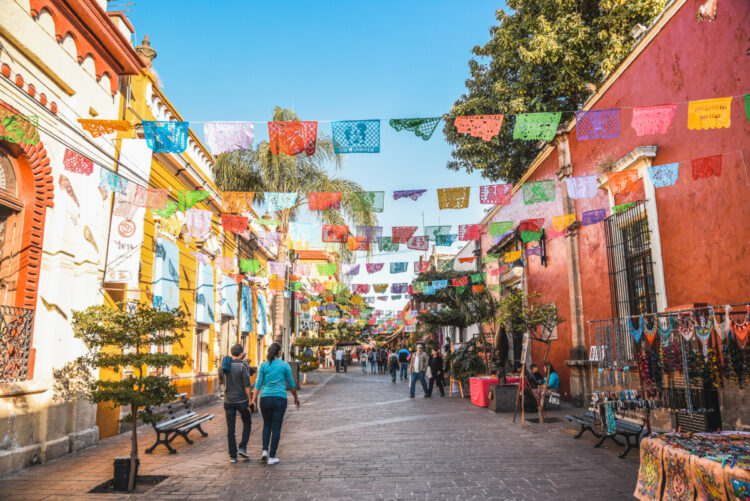
- Cholula
Cholula is a short jaunt from the beautiful colonial city of Puebla, around eight miles away. Home to the largest manmade pyramid on the planet, these days, the pre-Hispanic structure is covered in vegetation. Below it lies a network of tunnels that can be explored with a guide. A church built on the top of the pyramid has panoramic views of the town below. The active Popocatepetl Volcano can be seen puffing away in the distance. The peaceful, shaded plaza is a perfect spot to take a seat and people-watch. Check out the nearby Cholula Museum, which traces the history, art, and geology of the local area.
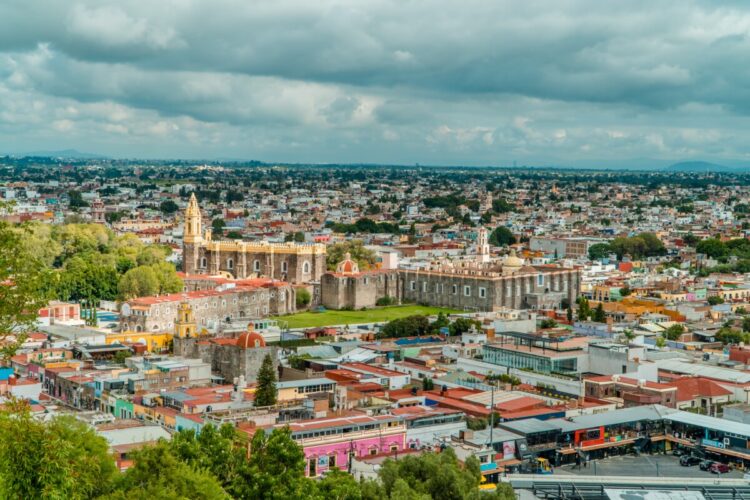
- Tequila
Named after the national tipple, the town of Tequila is encompassed by fields of blue agave, the plant from which it derives. Tequila, located in the state of Jalisco, is easy to reach from Guadalajara, Mexico’s second-largest city. As expected, the town is home to historic distilleries and tequila shops galore. Even the restaurants get in on the act and serve tequila-based dishes. Most of the distilleries operate tours where tourists can learn all about the distilling process and, of course, indulge in a sample. The chances are you won’t leave this magic town without a hangover – but it’ll be worth it.
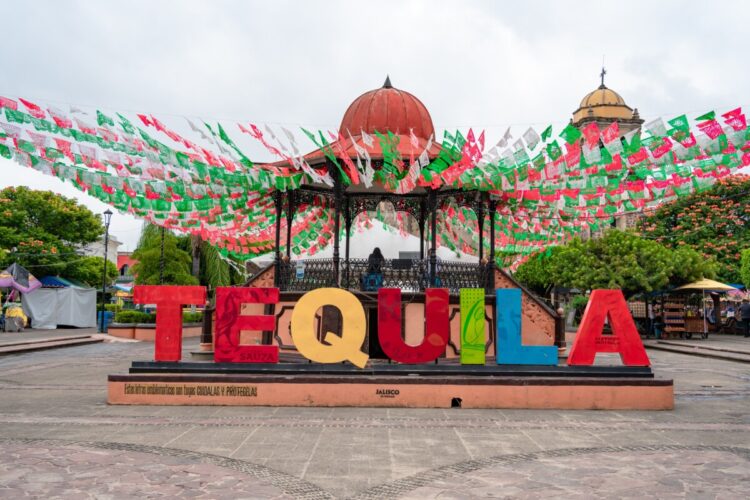
- Xilitla
This mountain village in the state of San Luis Potosi is known for its nearby jungle fantasyland, Las Pozas. Created by sculptor and artist, Edward James, stepping into Las Pozas is akin to being in a psychedelic dream. Towering sculptures of serpents and flowers are enshrouded in the jungle. There are trails, hidden doorways, and surprises wherever you wander. A scenic waterfall tumbles into a series of pools, surrounded by pillars, and nature merges seamlessly with art. Xilitla itself is a peaceful village and is frequently shrouded in mist due to its high altitude. Recently, an excellent new museum dedicated to the surrealist artist, Leonora Carrington, opened. Locals attired in indigenous costumes, shop at the market for tamales wrapped in banana leaves or jungle fruits, and tourist sightings are rare.
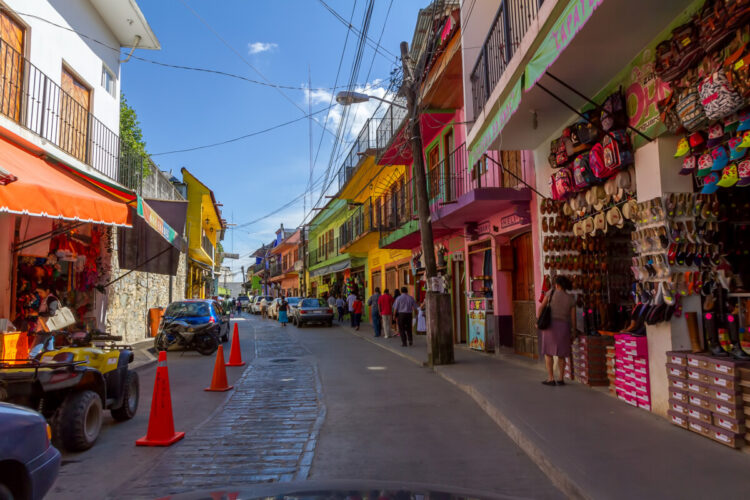
- Valladolid
Not only does Valladolid have a charming plaza, fine colonial architecture, and a scattering of enticing shops and restaurants, but this magic town of Yucatan also happens to be home to the largest private collection of folk art in Mexico. Casa de los Venados is the extraordinary house of US ex-pats, John and Dorianne Venator, who own the dazzling collection. Daily tours are free, and donations support local charities. Valladolid also has a cenote (limestone swimming hole) in the heart of the town – ideal for a cooling dip when the heat is overbearing. To tempt you further, the famous Mayan ruins of Chichen Itza are only twenty-five miles away and are easily accessible by bus or taxi.
